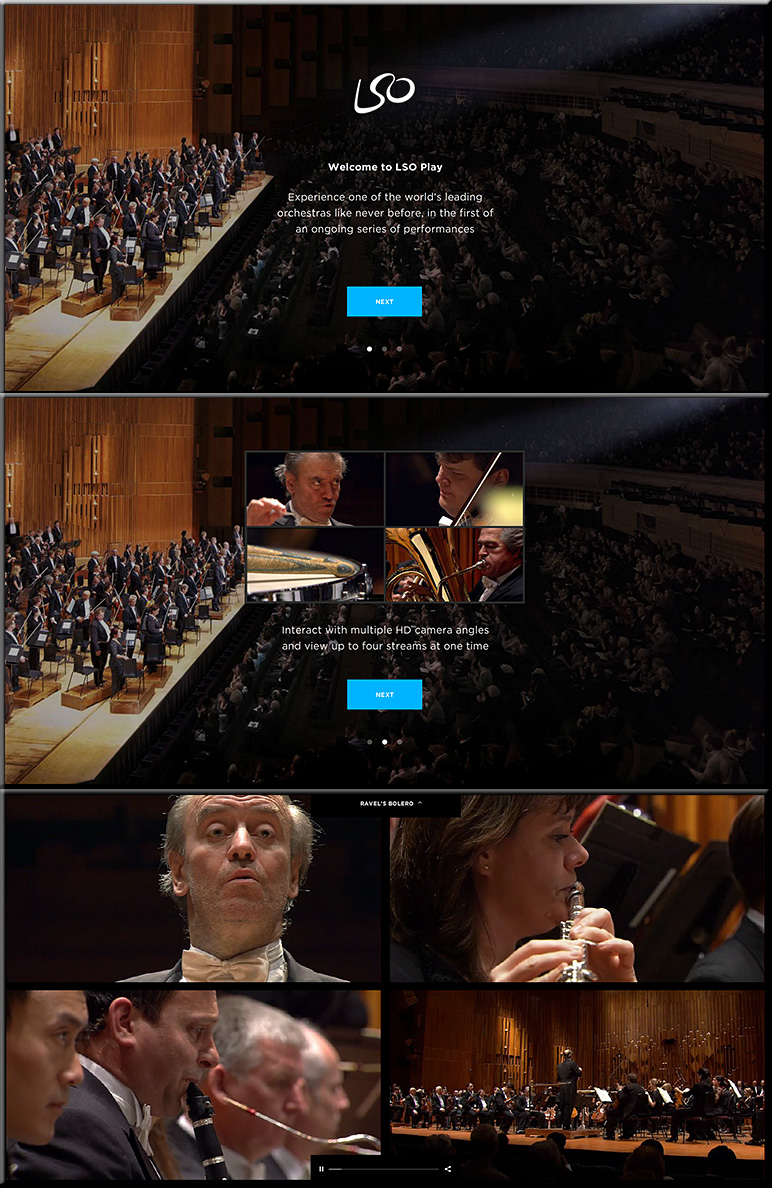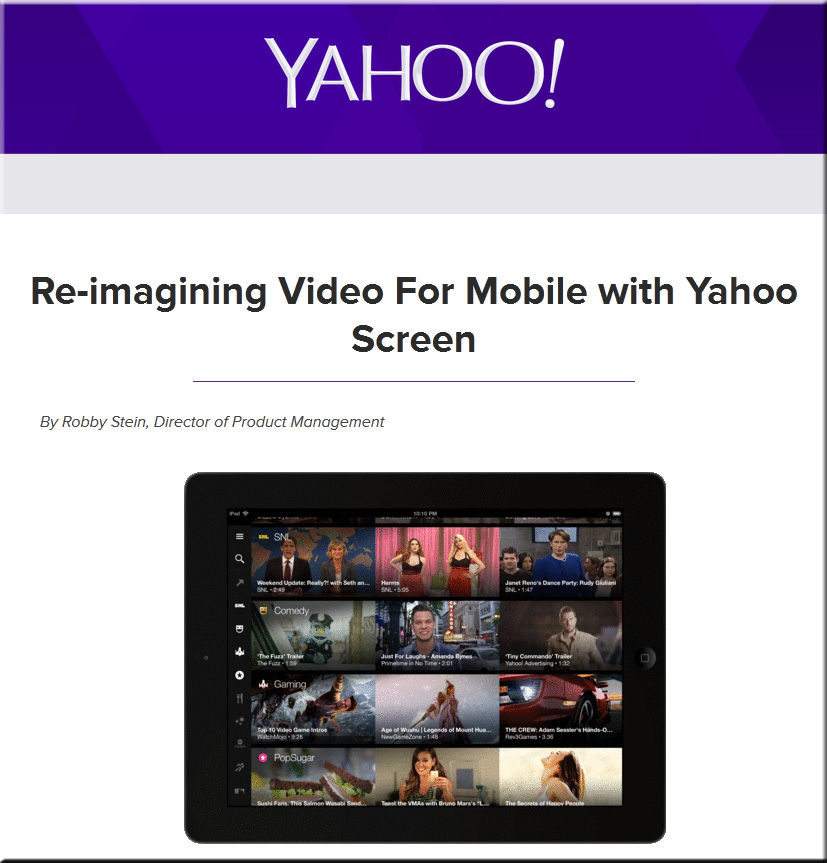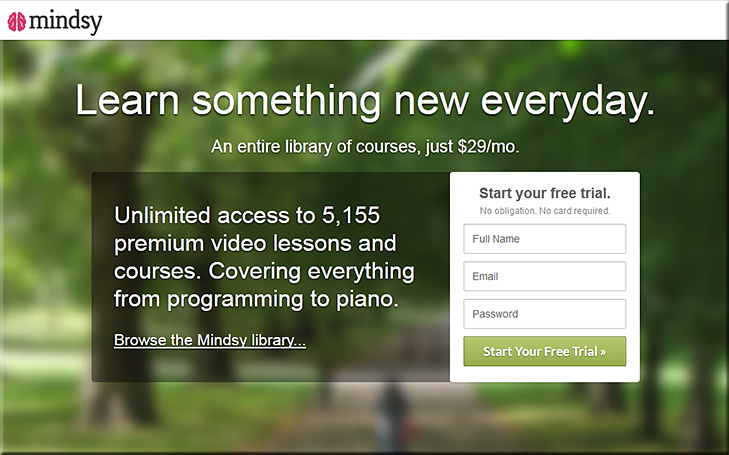From DSC:
With thanks to Nicola Ryan (@Nicola_Ryan) for this resource.




Tidebreak Next Generation Mobile App Powers Full-Participation Learning — from digitaljournal.com
Excerpts (emphasis DSC):
Mountain View and Anaheim, CA (PRWEB) October 15, 2013
New web app increases collaboration between students and faculty in classroom in BYOD learning environments.
…
The mobile web app from Tidebreak has many new features that will help increase student participation in the classroom. New features that have been incorporated into ClassSpot, ClassSpot PBL and TeamSpot include:
Excerpt:
Many of us go about our lives constantly surrounded by screens, immersed in various “stories”: movies, TV shows, books, plot-driven video games, news articles, advertising, and more. Whether we realize it or not, we’re creating new behaviors, routines, mindsets, and expectations around what we watch, read or play—which in turn presents new challenges and opportunities for creators and marketers.
In other words, while the fundamentals of good storytelling remain the same, technology is changing how stories can be told. But what does that mean exactly?
Getty Images bets on videos, transmedia storytelling — from techgoondu.com by Raymond Lau
.
Also see:
From DSC:
What does this have to do with learning? Keep your eye on the convergence of the television, the telephone, and the computer. This involves the software side of things as well (with technologies like WebRTC). I have it that in the future, it will have everything to do with learning and will greatly accelerate one of the other massive trends on my radar, the “Walmart of Education.”
![The Living [Class] Room -- by Daniel Christian -- July 2012 -- a second device used in conjunction with a Smart/Connected TV](http://danielschristian.com/learning-ecosystems/wp-content/uploads/2012/07/The-Living-Class-Room-Daniel-S-Christian-July-2012.jpg)
From DSC:
There’s something here for classrooms/education — even for the living rooms of the future!
Little Mermaid Second Screen Live makes iPads part of the movie world — from gigaom.com by Liz Shannon Miller
Summary:
Disney advertises the Second Screen Live experience as a rebellion: “Break the rules — bring your iPad to the movies!” But it’s less a trip to the movies and more a fully interactive experience.
…
As the film began, so did the games. Most second-screen experiences I’ve tried have been largely passive, but Little Mermaid demanded the audience’s attention right from the beginning with games, trivia questions and other forms of interactivity for all ages.
…
The action on the big screen even froze from time to time for more complex games, and there were moments of seemingly new animation inserted at key plot points, as well.
Circle Twelve introduces new video conferencing and immersive multi-user collaboration system — from businesswire.com
DiamondTouch Immersion is a new video conferencing system from Circle Twelve designed for connecting two remotely located teams. It combines a the multi-user DiamondTouch table with a second display for video conferencing. It features several patented technologies, including the multi-user DiamondTouch table hardware used for interacting with shared content and collaborative whiteboarding, a method for indicating which remote user is interacting (check out the virtual arms at 3:45), and a multi-camera system so you can see all the people at the remote table. More information at http://www.circletwelve.com/products/…
From DSC:
Can you imaging this type of web-based collaboration in blended learning environments?!!
Also see:
Hacking the classroom: Purdue U’s approach to augmented learning — from campustechnology.com by Mary Grush
A Q&A with Kyle Bowen
Excerpt:
A term more familiar in the competitive world of the television industry, “second screen” offers a simple way for viewers to access additional information relevant to a TV program. At Purdue University, researchers aim to put the concept to work in the classroom — making an enriched and interactive learning experience with classroom apps easier. Here, Kyle Bowen, Purdue’s director of informatics explores his latest research on “hacking the classroom”: how to leverage the second screen concept to help instructors and students negotiate the realm of multiple and varied classroom apps.
From DSC:
Reminds me of the underlying vision that I was trying to get at here:

True personalization is the next big thing in multiscreen TV — from .v-net.tv by John Moulding

From DSC:
Not a far stretch to see some applications of this in the future aimed at learning objects/learning agents/and personalized streams of content.
![The Living [Class] Room -- by Daniel Christian -- July 2012 -- a second device used in conjunction with a Smart/Connected TV](http://danielschristian.com/learning-ecosystems/wp-content/uploads/2012/07/The-Living-Class-Room-Daniel-S-Christian-July-2012.jpg)
Addendum:
(With thanks going out to Mr. Richard Byrne over at the Free Technology for Teachers blog for this item)
Combine that with:
…and you have one powerful learning/discovering setup!!!!
From DSC:
IBM Watson continues to expand into different disciplines/areas, which currently include:
But Watson is also entering the marketing and education/research realms.
I see a Watson-type-of-tool as being a key ingredient for future MOOCs and the best chance for MOOCs to morph into something very powerful indeed — offloading the majority of the workload to computers/software/intelligent tutoring/learning agents, while at the same time allowing students to connect with each other and/or to Subject Matter Experts (SME’s) as appropriate.
The price of education could hopefully come way down — depending upon the costs involved with licensing Watson or a similar set of technologies — as IBM could spread out their costs to multiple institutions/organizations. This vision represents another important step towards the “Walmart of Education” that continues to develop before our eyes.
Taking this even one step further, I see this system being available to us on our mobile devices as well as in our living rooms — as the telephone, the television, and the computer continue to converge. Blended learning on steroids.
What would make this really powerful would be to provide:
Such an architecture could be applied towards lifelong learning opportunities — addressing what we now know as K-12, higher education, and corporate training/development.
.
![The Living [Class] Room -- by Daniel Christian -- July 2012 -- a second device used in conjunction with a Smart/Connected TV](http://danielschristian.com/learning-ecosystems/wp-content/uploads/2012/07/The-Living-Class-Room-Daniel-S-Christian-July-2012.jpg)
From DSC:
I’m amazed that Lowe’s, Home Depot, & others aren’t doing more of this! Why can’t I Skype/Facetime with an expert over at Home Depot on how to fix my disposal, identify what part I need in my broken garage door opener, how to put together that new crib that someone gave to our church, etc.
My good friend, Don Levy from Calvin College, thought of an idea a while back just like this! But his idea was targeted for colleges & universities — call the Subject Matter Experts at Calvin College and get instant help.
I wouldn’t be the least bit surprised to see more of this sort of remote support in our futures.
From DSC:
The massive convergence of the telephone, the television, and the computer continues. How that media gets to us is also changing (i.e. the cord cutting continues).
What types of innovative learning experiences can be crafted as “TV” becomes more interactive, participatory, and engaging? What happens if technologies like WebRTC make their way into our browsers and we can videoconference with each other without having to download anything?
What doors open for for us when Google, Apple, or an Amazon.com delivers your “shows” vs. NBC/ABC/CBS/etc.?
The items below cause me to reflect on those questions…
.
Streaming devices lead the way to Smart TV — from nytimes.com by Brian Stelter
.
Is Google ready to buy its way into TV with an NFL deal? — from allthingsd.com by Peter Kafka
Excerpt:
Here’s a fun combination to ponder: The world’s most powerful media company and America’s most popular sport.
That could happen if Google buys the rights to the NFL’s Sunday Ticket package, the all-you-can-eat subscription-TV service currently owned by DirecTV.
Cord Cliff Coming: What happens to TV when Netflix streams live events? — from allthingsd.com by Ben Elowitz, CEO, Wetpaint
Addendums on 8/22/13:

The battle of the ecosystems: Apple, Google, Microsoft, & Amazon.com — by Daniel Christian with thanks to Krista Spahr, Michael Mandeville, Bill Vriesema, and Adam Tozer from Calvin College for their feedback/inputs on this.
Also see:
Addendums on 8/13/13:
FlixMaster changes model; becomes Rapt — from bcbr.com by Joshua Lindenstein
Excerpts:
BOULDER – Highlighting a shift toward a new model for its interactive online video platform, Boulder-based FlixMaster Inc. this week announced that it is changing its name to Rapt Media Inc.
…
“When we founded FlixMaster, we set out to create the best toolset for video creators wanting to build interactive videos, and we succeeded in doing that that,” Rapt co-founder and chief executive Erika Trautman said in an email. “But as we partnered with really sophisticated companies (like HBO and Maybelline), we realized that our platform and the opportunity it posed was bigger than just interactive video. It was about improving online communication and storytelling through interactivity of all kinds, with video as the central component. Our company had already transitioned to this bigger vision, and we wanted a name that could reflect that vision.
Additional thought from DSC:
This item relates to the convergence of the television, the computer, and the telephone that I’m pulse-checking. I’m hopeful that such a convergence will provide students in the future with 24×7, highly-engaging, interactive, customized/personalized content:
.
More choice. More control.




